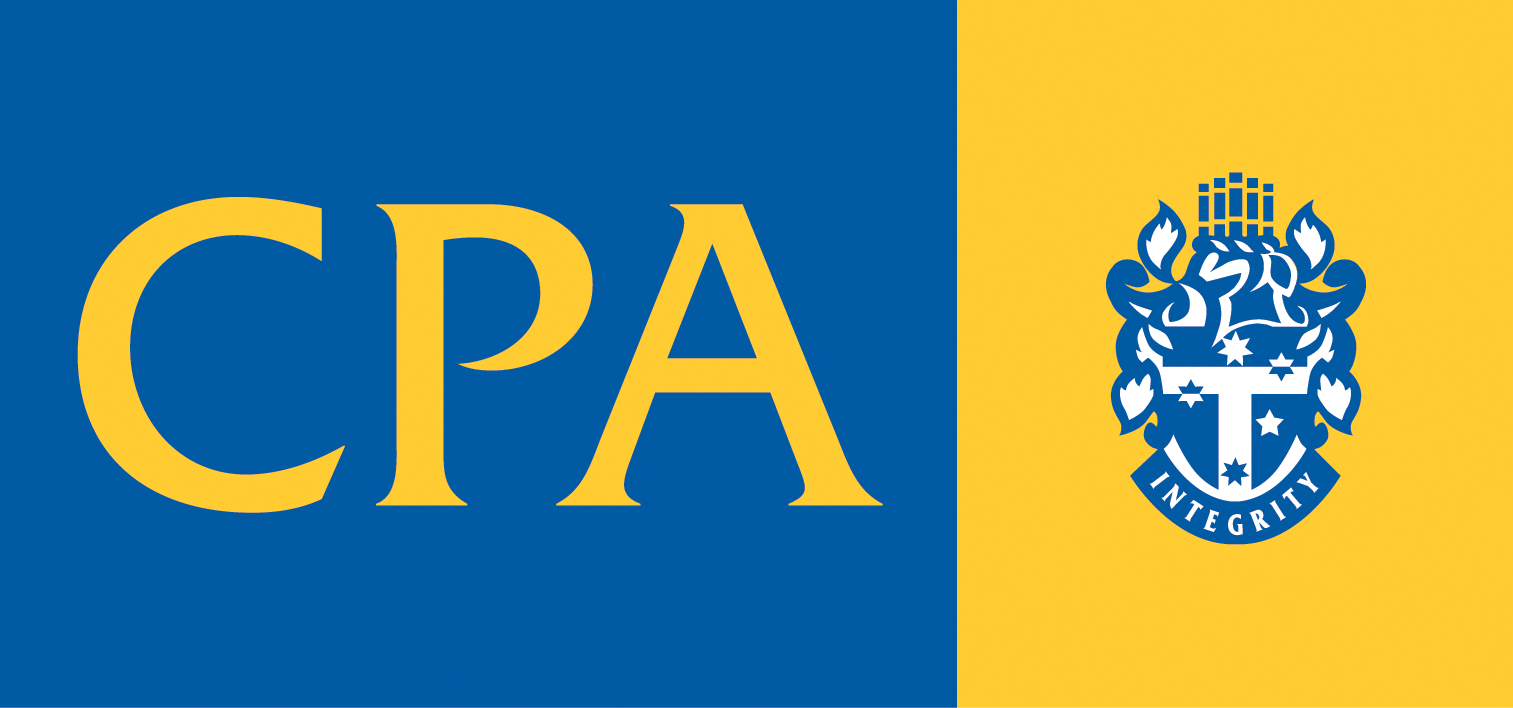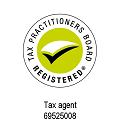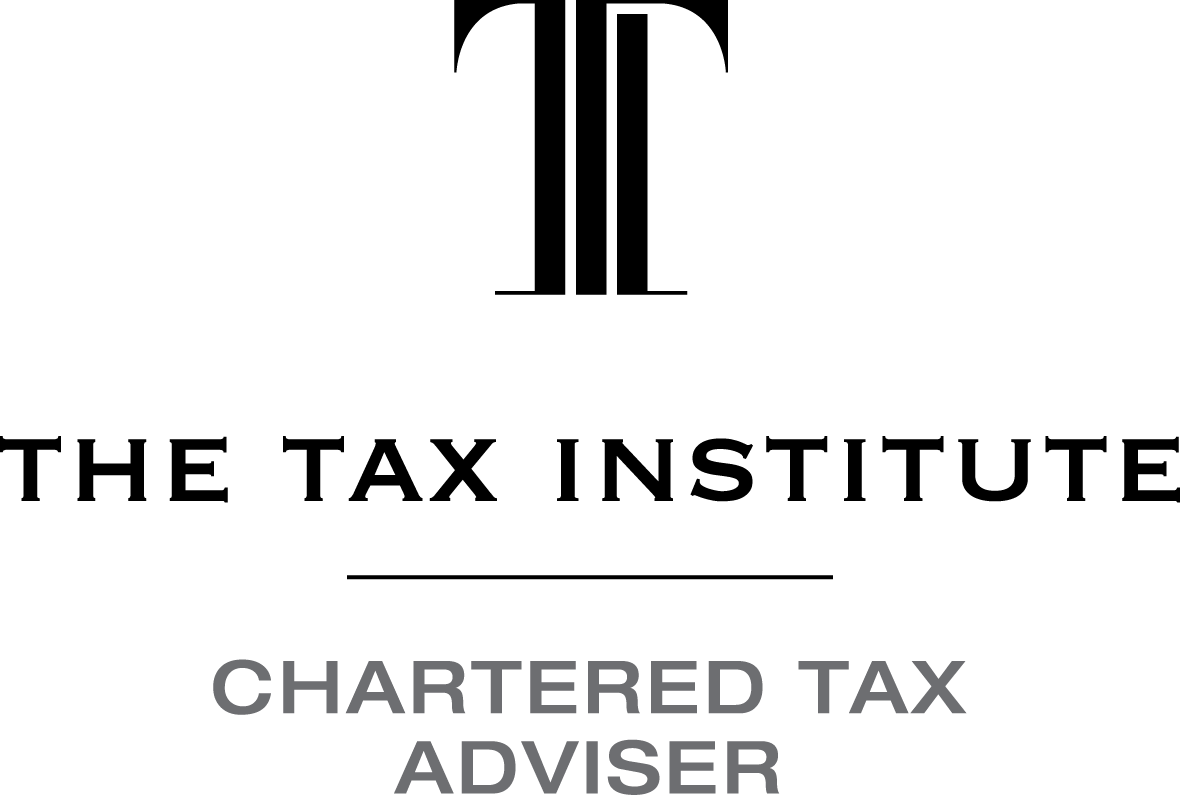Is 2015's payday calendar anomaly good or bad for your tax health?
Every now and then (for some businesses), a financial year will gain an extra pay period, where the number of fortnightly pay periods will be 27 instead of the usual 26, and the number of weekly pays will be 53 instead of the usual 52.
The 2015-16 income year is one of these anomalous years for many employees.
It very much depends on which day of the month your payday falls on, but one common scenario will see the first fortnightly payday of 2016 also occur on a holiday (it falls on Friday, January 1). Since the two days after that are a weekend, the procedure for many payroll offices is likely to be to move the payday back one. This will therefore put it on December 31, 2015, with the result of creating an "extra" payday for calendar 2015.
One quick way to tell if you'll have 27 pay periods in a year is to create a separate event in Google calendar and set it to repeat every two weeks on the day you get paid, terminating after 27 iterations. If the last pay period in that series is in the same year as the others (or in a weird holiday situation like the example above), you have 27 pay periods. Otherwise, if the final event is in the next year, you have 26. Or an easier way could be to ask your employer.
The result of this calendar anomaly is that some deductions and withholding amounts may be affected.
The withholding tax tables published by the Tax Office are based on the usual number of pays in any year. But the additional pay period will mean that tax amounts withheld from salary and wage payments may not cover the amount due when taxpayers lodge their returns.
Every taxpayer's circumstances are different, but the Tax Office is warning that those who normally expect to receive a small tax refund at the end of the year are likely to find that they owe money to the Tax Office because of the additional pay day.
However, as forewarned is forearmed, it's possible to arrange for additional amounts to be withheld. Any employee who is concerned about the possible shortfall in withholding tax is entitled to ask their employer (their "payer") to withhold additional amounts.
The Tax Office has supplied the following suggested guidelines to help maintain the correct amount of tax for each pay period:
Weekly earnings*
$$725 to $1,524 $3
$1,525 to $3,449 $4
$3,450 and over $10
Additional withholding per pay
$725 to $1,524
$1,525 to $3,449
$3,450 and over
To make it easier for the boss, the Tax Office has also made available calculations detailing the additional amounts to withhold to cover any shortfall:
To make it easier for the boss, the Tax Office has also made available calculations detailing the additional amounts to withhold to cover any shortfall:
Statement of formulas for calculating amounts to be withheld (NAT 1004)*
Making the request
A request to have additional amounts withheld should be in writing, but can be in any format that suits the business involved. For example, email requests could be used or an employer is free to design a paper or computer-based form for the purpose.
If any employees want to increase the amounts withheld in addition to those outlined in the tables mentioned above, the Tax Office asks that they provide their employer with these forms:
Withholding declaration - upwards variation (NAT 5367)
Withholding declaration (NAT 3093)
What can the boss do?
The Tax Office is encouraging businesses with employees who are to receive an additional pay to let their staff know about the issue and put processes in place to make sure employees know they can request additional amounts to be withheld.
Source: Taxpayers Australia Limited, June 2015








